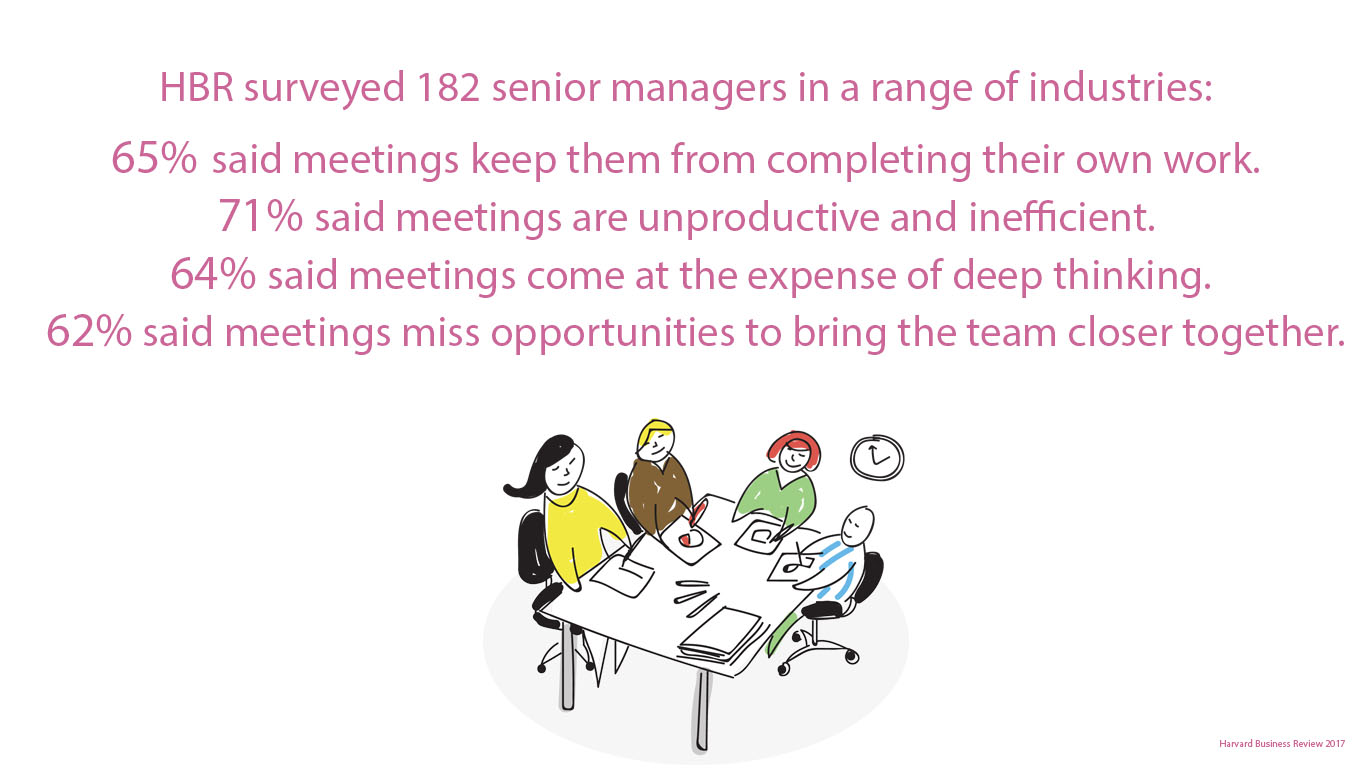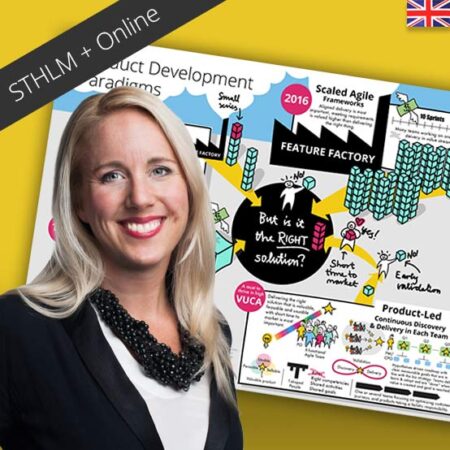Many of our decisions, conclusions and actions in a team come about after a good meeting. But what is a ‘good meeting’? How do we make them productive, informative and how do we engage all invited in order to close it with the expected results. Meetings do come in many different shapes and forms, quick stand-ups, day or two long workshops, planning, retrospective the list goes on.
How do you engage people in effective collaboration? Should you entertain them? When you walk in loaded with your beautiful agenda, prepared meticulously ahead of the meeting, to find yourself demotivated by yawns of few attendees. And you, dear meeting goer, ever find yourself spending meetings daydreaming? Not feeling like your voice is heard? Already planning not to show up on the follow up meeting? Daydreaming? Sleeping?
 Whenever effective collaboration is your end goal. These three quick ideas inspired by Sociocracy 3.0 framework can bring that long lasting healing to your broken believe in coming to consensus as a group of individuals connected with the same principles and values. This will bring long term changes to your team and organisation culture.
Whenever effective collaboration is your end goal. These three quick ideas inspired by Sociocracy 3.0 framework can bring that long lasting healing to your broken believe in coming to consensus as a group of individuals connected with the same principles and values. This will bring long term changes to your team and organisation culture.
1. Include all in effective collaboration
Do clockwise rounds around the table, asking all participants after each topic if they have any objections or concerns. Good practice is to start using hand signals: your hand with thumbs up or down or laying it hand flat. Call it consensus when all participants have their thumbs up and move on to the next topic. Objections are important, they help us find ways to improve immediately. Make sure to resolve them.
Sample questions/statements may include:
Would you have any objections if we …?
Are their any concerns worth hearing right now?
In absence of reasons not to we will (…)
As a result attendees leaving the room know what they have agreed, it also makes them included simply because they had a chance to voice their objections or concerns.
“Objections: a reason why doing something stands in a way of (more) effective response (…)”
2. Participate Artfully
Whenever you contribute to the meeting, always ask yourself one question:
Is my behaviour in this moment the greatest contribution I can make to the effectiveness of this collaborations? We all have comments, we disagree or agree with proposed subject. While is important to voice your opinion, make sure that you do it in a constructive manner. What is the most productive for the group at this very moment? Will what I say contribute to a creative resolution or will it just create conflict or stop the flow of the conversation. Don’t wait until the very end of the meeting to summarise it with one negative sentence.
3. Evaluate meeting
Keep it simple, after each meeting ask participants for improvements. What can we do better next time we meet. Focus only on ideas that will lead to improvements, not on negative discussions. If meeting went over the reserved time, suggest timing it. Using time-boxing techniques, can significantly improve the meeting. Setting a timer in a visible place then asking all participants to be equally responsible for checking time. Always focus on positive suggestions that you can influence, not things that bring negative energy into the room.
Keen to learn more about Sociocracy 3.0? Here is where you can read all about it together with free patterns and resources provided by the founders: sociocracy30.org
This workshop was facilitated by James Priest at Agile People Sweden 2017 in Stockholm


